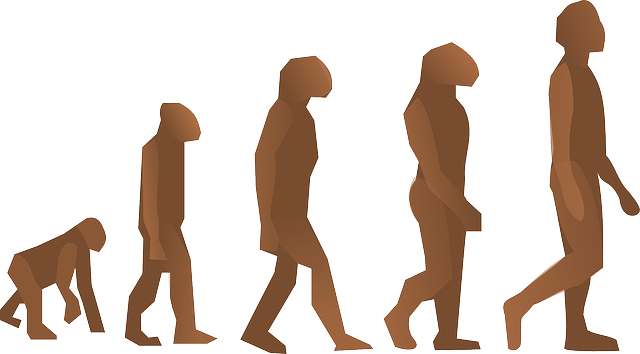New Strategies Take On the Worst Cancer—Glioblastoma
““The most common form of malignant brain cancer—called a glioblastoma—is notoriously wily and considered the deadliest human cancer. Glioblastomas charge their way into normal brain tissue diffusely and erratically, making them surgical nightmares. And they mutate at such a rapid rate that most currently available cancer treatments can't keep up with them. Even neighboring tumor cells can be genetically distinct, and therefore hard to target with a single therapy.
Survival rates from glioblastomas enjoyed a modest bump in the 1980s when radiation became a standard part of the treatment protocol. Patients could expect to live for nearly another year after diagnosis, up from just four to six months. The introduction of the chemotherapy drug temozolomide in the 2000s increased survival another few months. But since then patient survival rates have stalled… many experts insist the key to beating glioblastoma will entail personalizing care to a patient’s individual tumor and the particular molecular signature of a cancer.
One method of testing cancer therapies, including glioblastomas, has been so-called “ex vivo” cancer models, in which malignant cells are probed in the lab. Also known as tumor “avatars,” they allow researchers to test a drug on patients’ cancer cells before introducing it into their bodies. A number of ex vivo models have been tried over the years: culturing tumor cells in Petri dishes; grafting them into animal models; even growing “organoids” (three-dimensional tumors grown on a supporting matrix). These techniques have seen varying success depending on the tumor type at hand, but none have proven especially helpful for glioblastoma.
A report on new research technology published recently in the journal Nature Biomedical Engineering may address the limitations of previous ex vivo approaches. In short, researchers have concocted a glioblastoma-on-a-chip. Chip-based models of various organs and diseases—including many cancers—have debuted in the last few years. They are constructed by lining a plastic microchip with live human cells that mimic a particular organ or disease in order to simplify, cheapen and increase the efficiency of drug testing. The Wyss Institute at Harvard University and other groups have made impressive headway in developing a number of chip-based biologic models. Chip models of the lung, the intestine, skin, bone marrow ALS—even the blood-brain barrier—have been tested.”
READ MORE …













